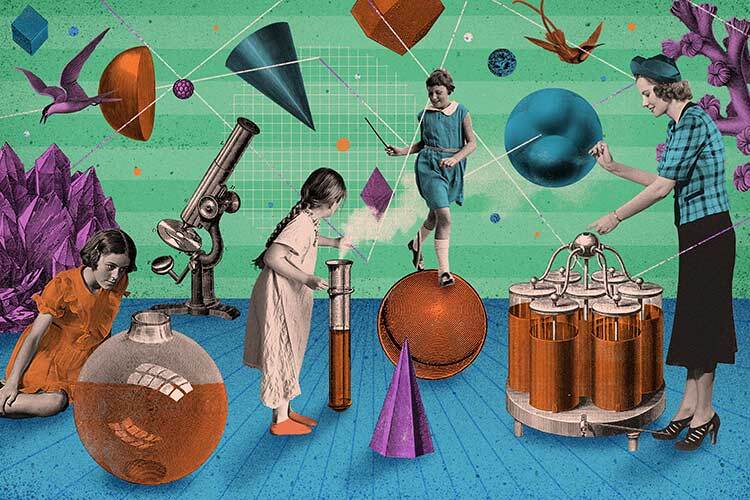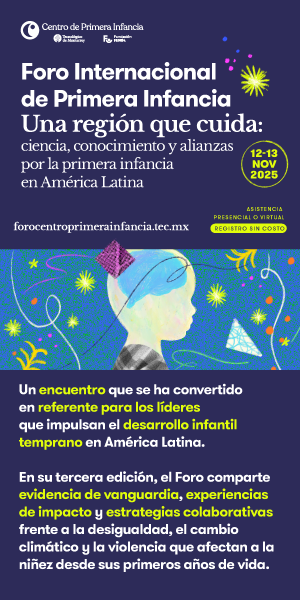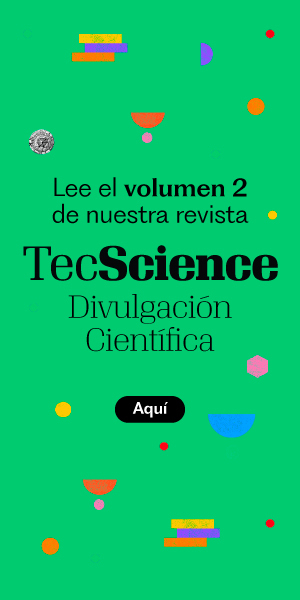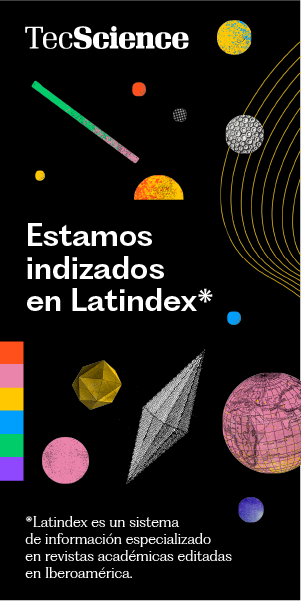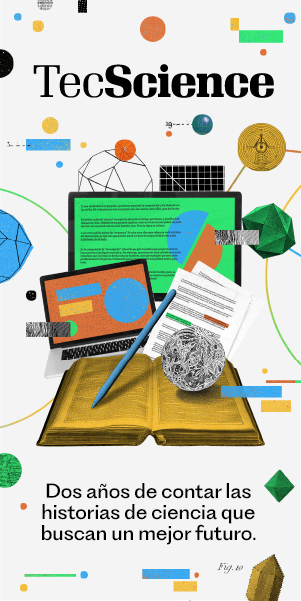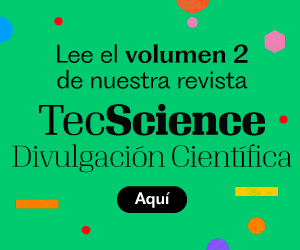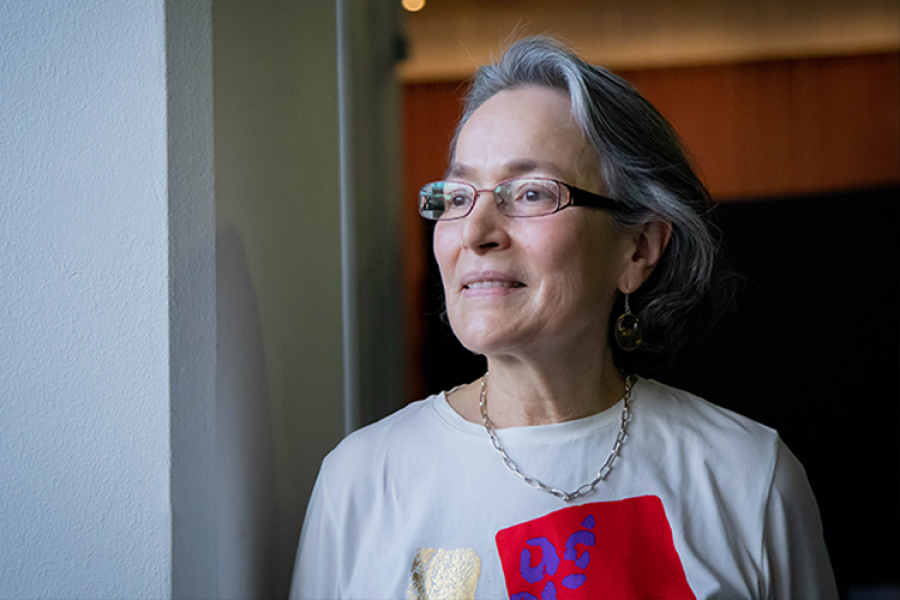In recent years, our progress towards gender equality has been notable. However, in science, technology, engineering, and mathematics (STEM), women still represented only 28% of the workforce in 2023.
Therefore, our efforts to increase women’s participation in these careers must be strengthened and continued.
As part of the International Day of Women and Girls in Science activities –celebrated on February 11, since 2015– TecScience organized a round table to talk with three female Latin American scientists about their perspectives.
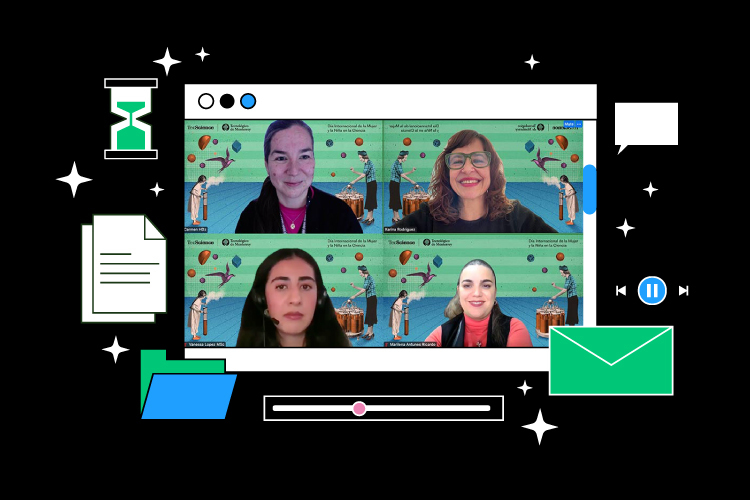
“The access to free, high-quality education is a determining factor in encouraging the number of women in all careers,” said Marilena Antunes, a Venezuelan-born research professor who is part of the Healthy Food Unit at the Institute for Obesity Research (IOR) and the School of Engineering and Sciences (EIC) at Tec de Monterrey.
With the rise of Artificial Intelligence (AI) and new technologies, UN Women predicts that by 2050, half of the jobs we know will have disappeared and that women will be among the most affected by this paradigm shift.
“A few years ago, there was an effort to increase the presence of women in medicine, now we have to focus on other careers that will be relevant in the future,” said Carmen Hernández, director of the National Institute of Respiratory Diseases (INER).
According to experts, these are just some of the measures that can be followed to increase the interest of girls and women in STEM careers.
“My mother was a huge source of inspiration; she always gave me words of encouragement during my childhood,” recalled Vanessa López, a bioprocess modeling engineer at Novasign, an Austrian company that streamlines bioprocesses with AI.
International Day of Women and Girls in Science, From an Optimistic Perspective
In the experience of the three researchers, the situation is not as discouraging as it used to be, and they see a trend in which more women are working in these fields, which gives them homes.
“I am very optimistic about the subject; in the subjects that I teach, mainly biotechnology and food engineering, my students are mostly women,” said Antunes.
However, many cases still exist where equal representation has not yet arrived. At Novasign, there are 12 employees, and only one is a woman, López herself. According to her, this is not due to a company’s purpose of excluding the female sex, but because it is a small one and very few women apply to work there.
“If only some apply and perhaps they find a man who is more qualified f, and in the end, there are certain interests,” emphasized the researcher, stressing the importance of encouraging women to continue building their professional success to meet academic and labor standards.
In Mexico, most national institutes have a man as their director, emphasizing the need to create opportunities for more women to occupy higher positions.
“Although −until very recently− the directors were predominantly men, I had and have a great teacher who always told me that I could be a director and more,” recalled Hernández, the director of an INER institute.
This exemplifies that there needs to be institutional support from the male gender for women to reach higher-level positions.
It’s Essential to Have Female Role Models
It all starts when women are girls, which is why the three scientists insist that it is important to have a supportive family environment so that they can pursue whatever career they want.
“In my family, they told me that there were things for girls and things for boys, but I was always a rebel,” said Hernandez. However, her family supported her unconditionally.
As mothers and fathers, exposing their daughters to all the things they could dedicate themselves to plays a crucial role in instilling in them the idea of pursuing STEM areas.
“There is a lot you can learn if you are attentive to the world around you, and I think that this curiosity is what we should encourage,” said Antunes.
In addition, it is important to have female role models, ensuring that girls are exposed to women who have successful careers in STEM.
On the other hand, it is important to remind children that there are no careers that are too difficult and that, with patience and perseverance, they can pursue what they like the most.
“Sometimes it is about not letting yourself be guided by what is believed about certain things”, like the idea that STEM careers are too tricky, said López.
Thus, the reflections shared by the scientists echo the things that gender parity experts suggest to increase the number of women who dedicate themselves to STEM careers: encouraging girls to study them, creating inclusive workspaces, promoting female role models, providing them with opportunities to develop professionally, increasing support for mothers so they can focus on their career, addressing structural barriers and unconscious biases and reducing stereotypes associated with gender.
“If there is something that interests you about a career, never avoid out of fear because you think it is very difficult or you are not that intelligent,” said Hernández. “We know now that intelligence is not one, but many.”
Were you interested in this story? Do you want to publish it? Contact our content editor to learn more marianaleonm@tec.mx
